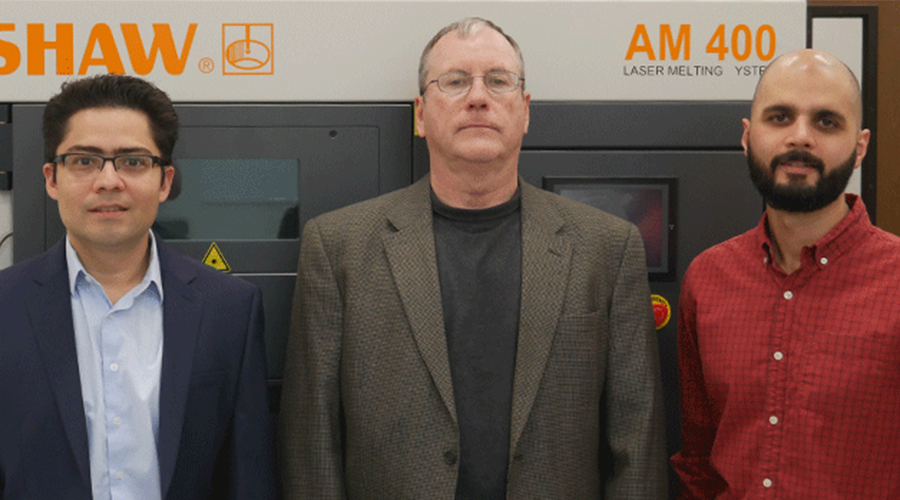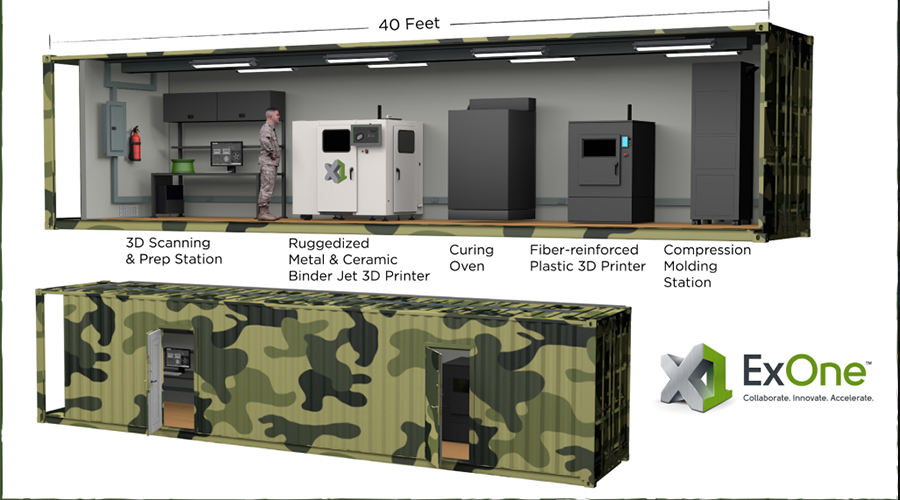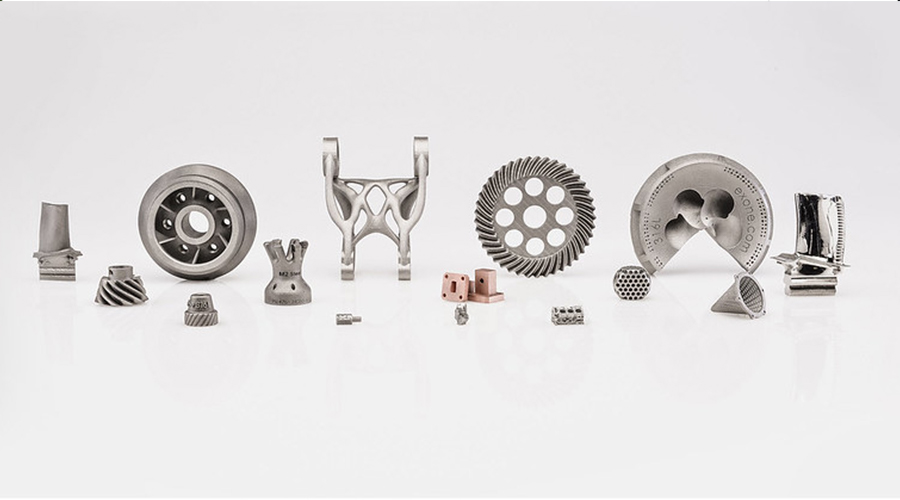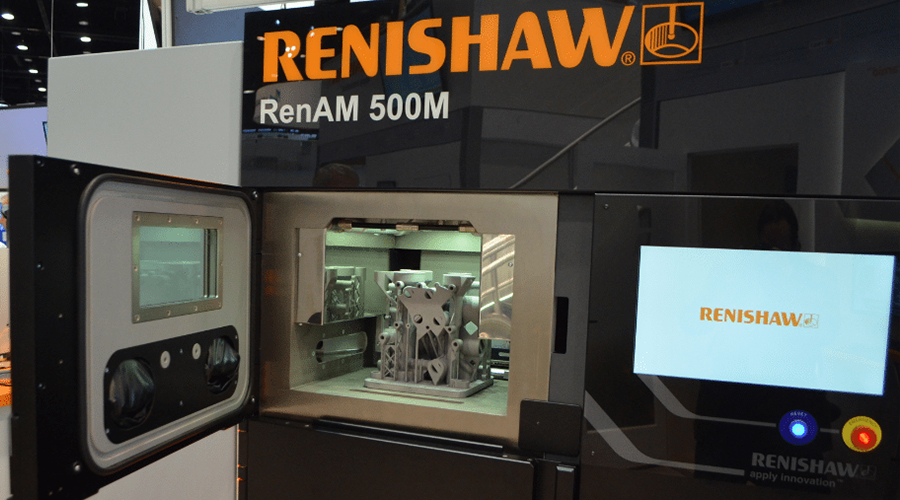March 9, 2022 Researchers at The University of Texas at San Antonio have received $659,970 in research grants from the U.S. Department of Defense (DoD) Office of Army Research to develop a method that can improve the U.S. military through data-model computing. party use3D printingManufacturing capabilities, including key mechanical parts such as aircraft.
“One of the challenges with metal additive manufacturing today is the difficulty of knowing with 100 percent certainty the mechanical properties (such as stiffness and strength) of printed parts,” said David Restrepo, assistant professor in UTSA’s Department of Mechanical Engineering.
standard
In contrast, it is equally important that 3D manufacturing predicts or reduces variability in component systems. “

DoD’s 3D Printing Procurement
Since the announcement of the first official additive manufacturing strategy in February last year, the U.S. Department of Defense has invested a lot of research funds in 3D printing to promote the use of various defense-related fields.
Announcing 3D printing
policy
Shortly after DoD was jetted with adhesive3D printing companyOEM
ExOne
A $1.6 million contract was awarded to develop a portable 3D printing system capable of producing spare parts in a variety of environments. A “robust 3D-printed pod” housed in a 40-foot field shelter can be deployed on land, sea and air to support theater, disaster relief missions and other remote operations.
John Hartner, CEO of ExOne, said: “Binder jet 3D printing is a key manufacturing technology for military use due to its speed, material flexibility and ease of use. We are delighted to be working with the U.S. Department of Defense and other partners to enable our
3D printerBecome more flexible and durable, which will also benefit our other manufacturing customers. Most importantly, we know that from now on, our technology will play an important role in meeting critical needs quickly. “

Binder defense 3D printed shelter
The company will also develop a special military version of one of its industrial binder injection systems, which will feature unique upgrades to make military engines. ExOne says it will be able to 3D print more than 20 additive manufacturing powders, including
ceramics
and metal.

Improving Additive Manufacturing Reliability
While the advantages of 3D printing are well known, the uncertainty in the mechanical properties and stability of parts as the powder cools and solidifies, especially in laser sintering-based processes, is an issue in current 3D printing processes. major problem.
“We are modeling and computationally analyzing the laser sintering process to predict the mechanical properties and dimensional stability of components fabricated with 3D printing,” Restrepo said. “Sensitivity analysis developed by UTSA in the calculations serves as the core technology for the data. This unique technology will allow us to predict the mechanical properties, reliability and grades of additively manufactured parts.”
Led by Restrepo, the UTSA team is developing new modeling computational systems that may lead to more reliable algorithms in the futureMetal 3D Printingproduct.

Renishaw 3D Printer
The team is currently taking advantage of UTSA’s in-house resources at Makerspace, including the Renishaw 3D printer.The machine will help researchers make parts and collect data, and proveMetal 3D PrintingQuality analysis system validity or make changes to calculations. UTSA Professor Harry Millwater proudly said, “Their Renishaw 3D is an industry-leading tool that students can use to do research during their time as Roadrunners for the exploration and development of excellent 3D printing in the field of 3D.
talent
make a contribution.
At present, the United States attaches great importance to national defense science and technology and personnel training.3D printing technologythe Department of Defense has provided a new round of funding to additive manufacturing data specialist Senvol to
Invest
Developing Senvol ML Machine Learning
software
and signed a deal with 3D printed rocket maker Relativity Space
aerospace
Orbital launch contracts to use the fully 3D printed rocket Terran 1 to launch payloads into Low Earth Orbit (LEO) and more.
(responsible editor: admin)


0 Comments for “UTSA Receives U.S. Department of Defense Grant to Improve Reliability of Defense 3D Printing for Military Use”